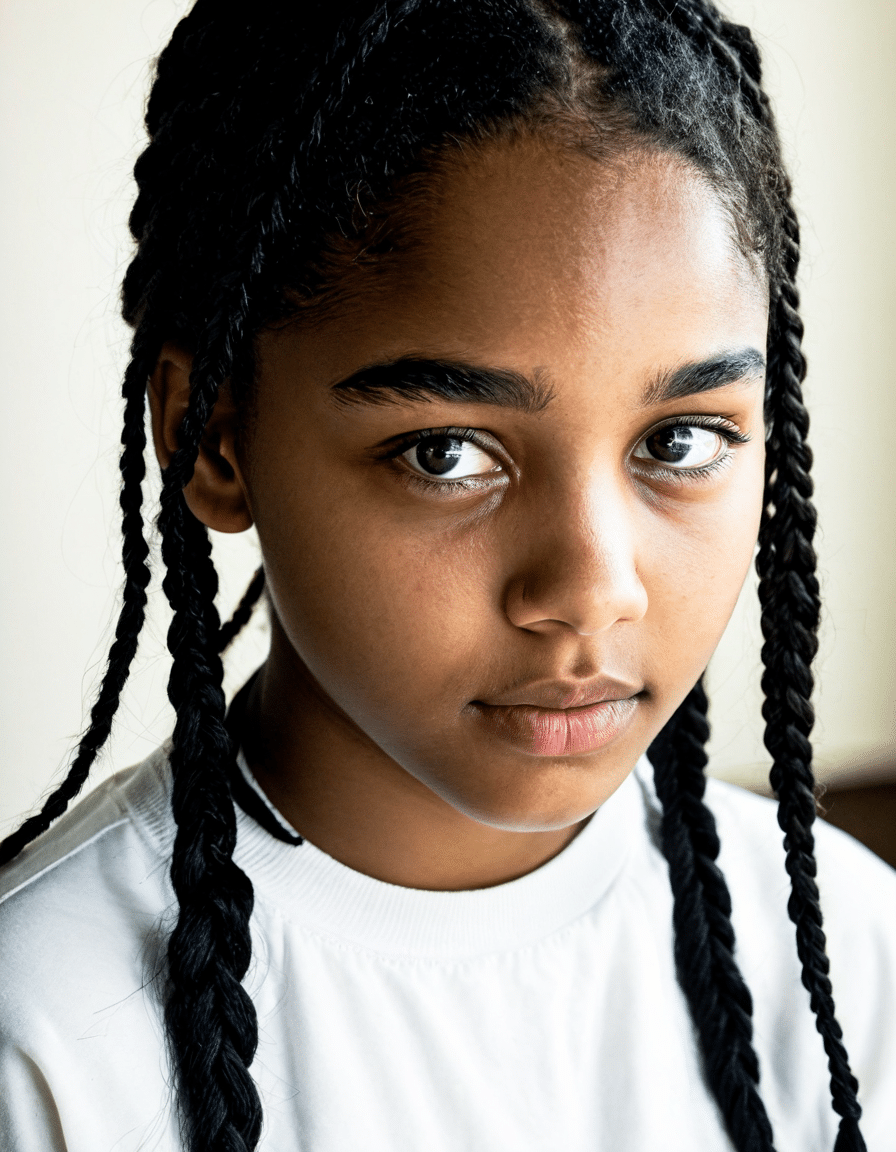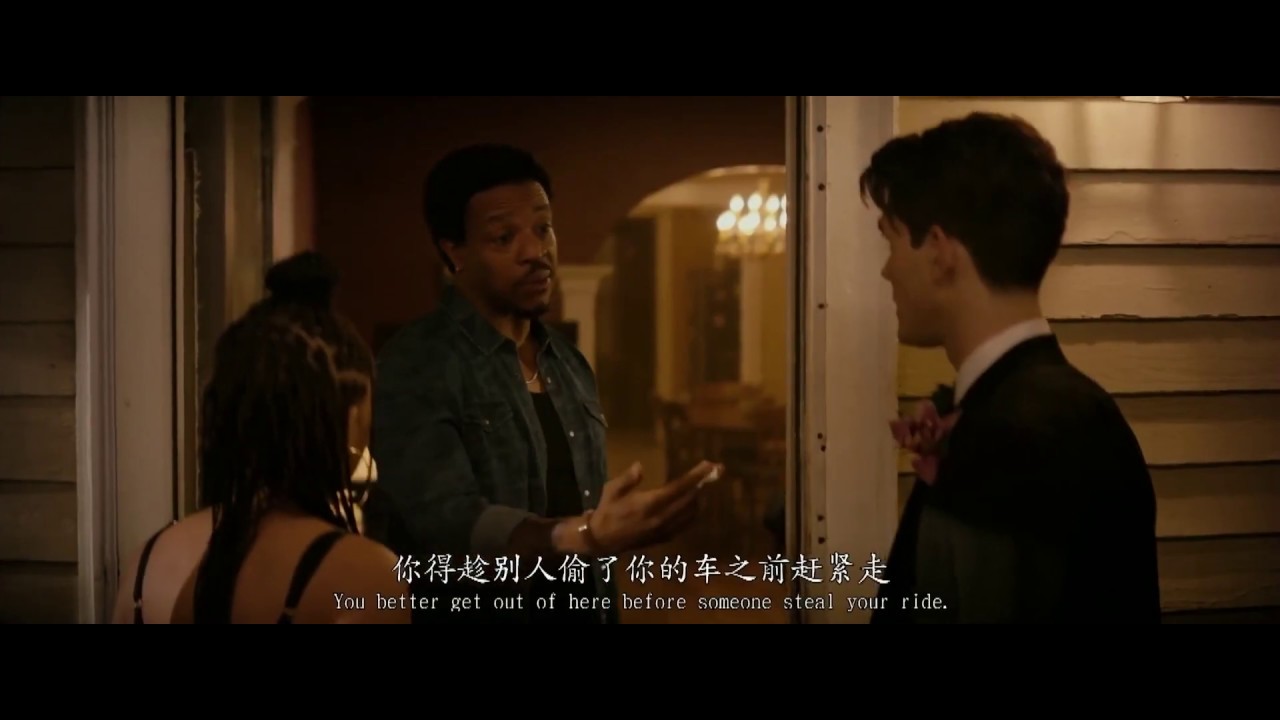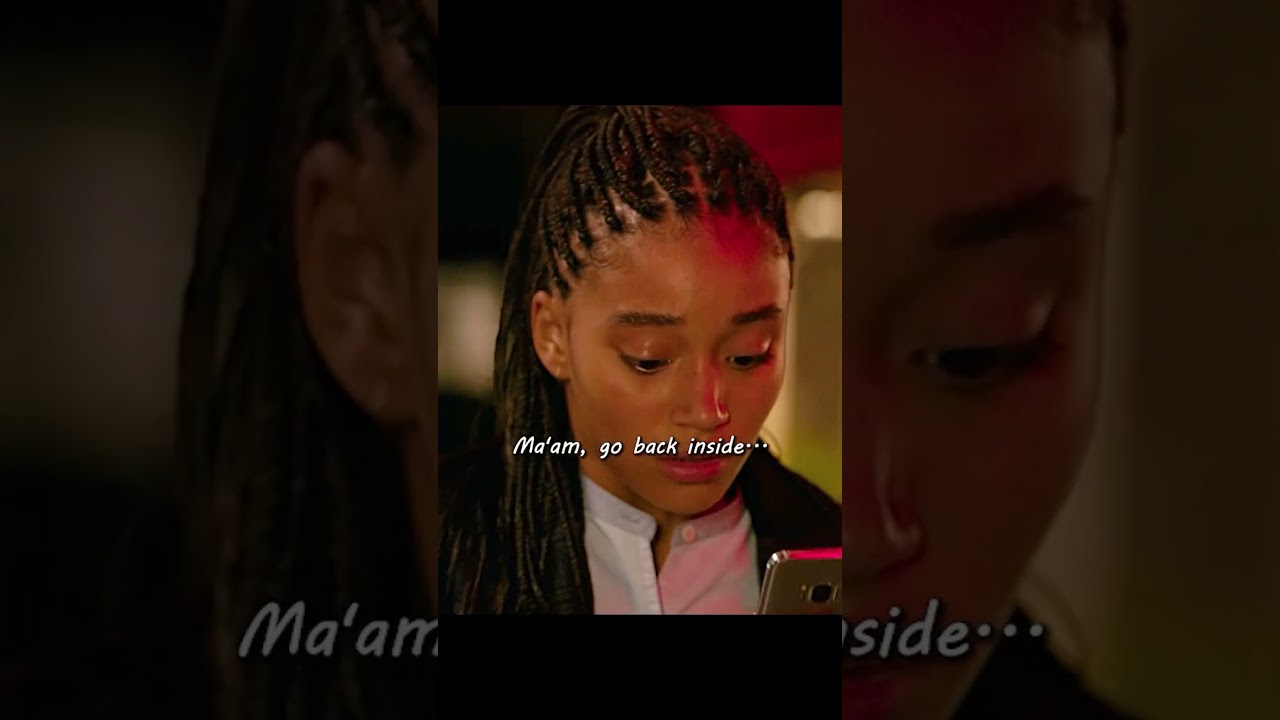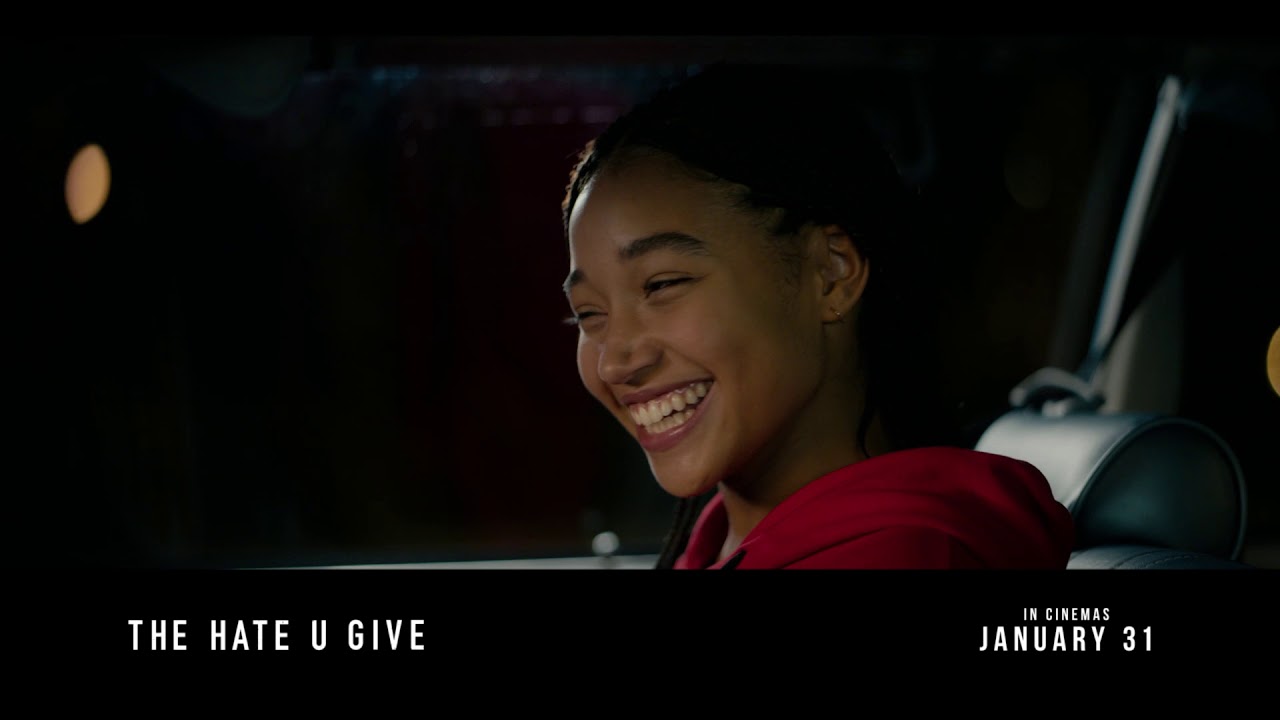“The Hate You Give” doesn’t just tell a story; it dives into a sea of emotional truths that resonate with so many facets of our society. This film opens up conversations about identity, systemic racism, and the fight for justice, making it a critical piece of cinema that sparks discussions far beyond the screen. Unpacking these realities reveals how this film challenges the norm, compelling viewers to rethink their roles in the ongoing narrative of injustice.
7 Key Realities in ‘The Hate You Give’ That Challenge Societal Norms
In analyzing The Hate You Give, we encounter seven compelling truths that push the boundaries of our social understanding. Each reality unfolds a layer of complexity within the story, offering insights that beleaguer audiences even today.
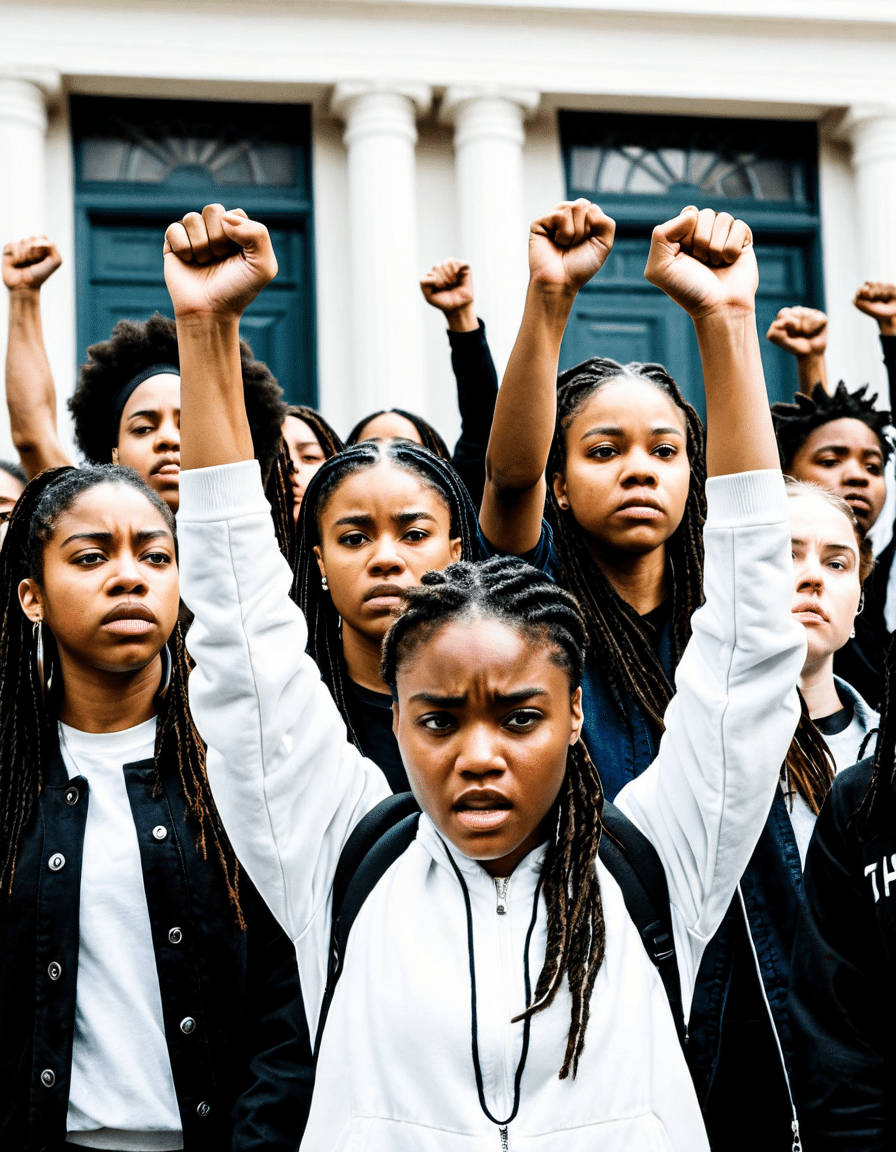
1. Identity and Duality
At the heart of the film is Starr Carter, expertly portrayed by Amandla Stenberg, who embodies the struggle of living a dual existence. She swings between her predominantly white, affluent school and her neighborhood plagued by violence and racial tension. This duality can remind audiences of classic films like The Pursuit of Happyness, where identity struggles take center stage. It’s an important commentary on the uncomfortable truth of how young Black individuals often navigate environments that don’t truly accept them. This theme resonates with the works of Ibram X. Kendi in How to Be an Antiracist, accentuating that identity is more than skin deep; it’s a reflection of ongoing battles for acceptance and self-love.
2. The Impact of Social Media
In our interconnected world, The Hate You Give highlights the importance of social media as a powerful tool for marginalized voices. Starr’s story, particularly the emergence of the hashtag #JusticeForKH, mirrors real-life movements ignited by social media, like those following the deaths of Trayvon Martin and George Floyd. Just as moments of digital activism can set the world spinning, Starr’s journey echoes the urgency and power behind hashtags that call for justice. It’s like the influence of Love And Hip hop atlanta, where social media plays a pivotal role in shaping narratives. Here, we see how online platforms can empower individuals to challenge injustice head-on.
3. The Fear of Speaking Out
Starr’s journey in the film encapsulates a profound fear that grips many in disempowered communities: the fear of retaliation. This anxiety reflects the dread found in shows like Fear the Walking Dead, where survival often hinges on betrayal and the risks of speaking one’s truth. Yet, Starr’s transformation from a fearful witness to a bold activist serves as a beacon of hope. By rallying her community around her, she embodies the fierce courage required to challenge the traitors of systemic injustice. It becomes clear that in the face of adversity, one voice has the potential to ignite an entire movement.
4. Corrupt Systems
The film paints a stark picture of a flawed police system, resonating with the lived experiences of individuals who see law enforcement as adversaries rather than allies. This narrative aligns with documentaries like 13th, presenting a raw look at the historical and ongoing oppression faced by Black Americans. Through gripping scenes, The Hate You Give exposes how trust is eroded when the very system meant to protect fails to uphold justice. Each moment reinforces how deeply entrenched these issues are, advocating for a shift in perspective on law enforcement’s role in society.
5. The Here and Now of Racism
One cannot watch The Hate You Give without recognizing that its themes are not relics of the past; they echo contemporary realities. The film underscores that racism is not a whisper of history but an ongoing dialogue present in every aspect of our lives. Conversations around voter suppression and systemic inequality resonate with discussions that resonate in contemporary forums like Those About to Die. The Hate You Give elevates these conversations, pushing for a continuous examination of our society and urging collective action against the ongoing battle for racial justice.
6. Cultural Representation and Art
The aesthetic choices in The Hate You Give are more than just visual flair; they represent a rich tapestry of Black culture that resonates powerfully with audiences. From its stirring soundtrack—reminding viewers of bands like The Kinks—to authentic storytelling that breaks stereotypes, the film stands tall as a cultural touchstone. This artistic expression ignites broader acceptance of diverse narratives, blazing trails for future filmmakers and artists to follow. Every scene solidifies the importance of representation, marking a shift in how stories are told and whose voices are amplified.
7. Catalyst for Change
Ultimately, The Hate You Give does more than entertain; it serves as a catalyst for societal change. The film mobilizes discussions around racial equality, energizing viewers to reconsider their places in the fight for justice. Much like grassroots movements seen today, such as those advocated by Simon Leviev, the film encourages individuals to take a stand—sparking conversations that reverberate beyond cinema. The legacy of The Hate You Give becomes a resonant reminder of the responsibility we all share in challenging and dismantling systemic inequality.
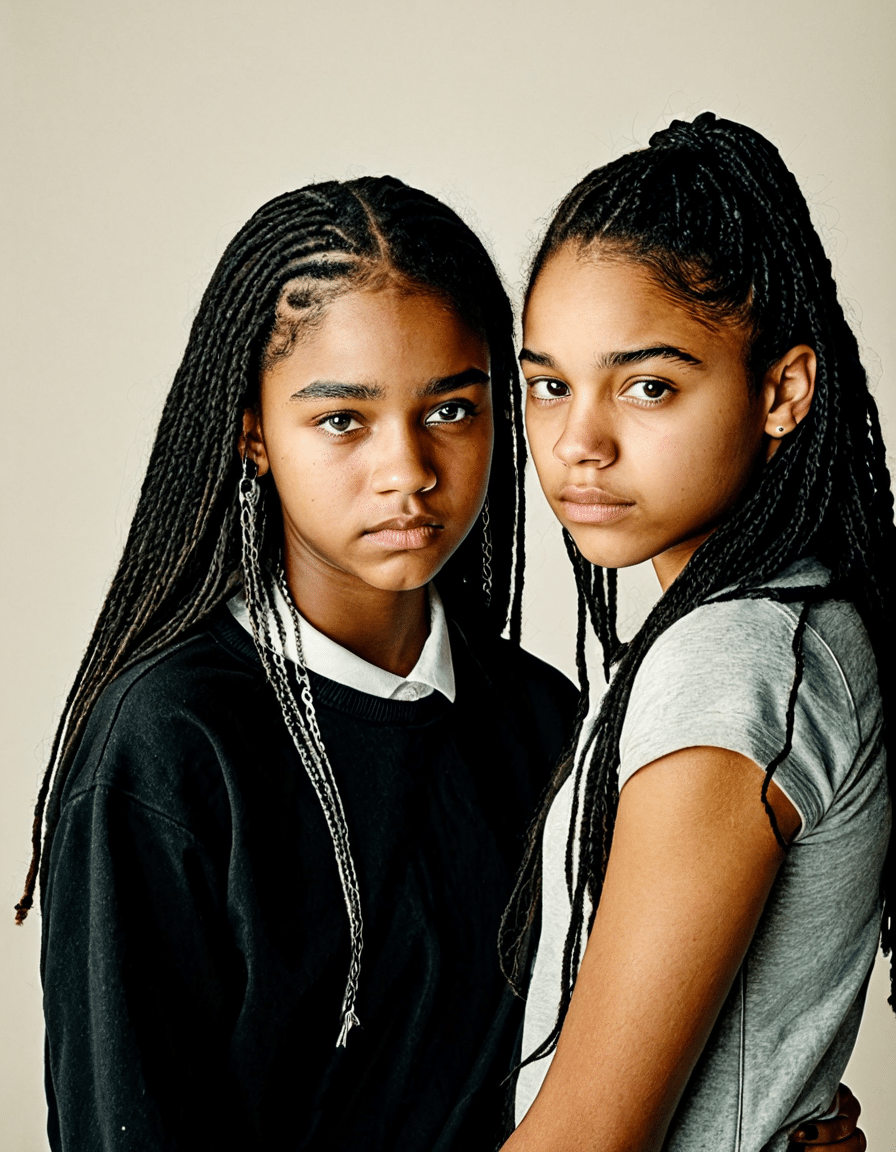
Embracing Boldness in Art and Activism
In wrapping up this conversation about The Hate You Give, it’s clear that the film encapsulates urgent dialogues surrounding identity, societal expectations, and personal agency. As audiences engage with the film’s messages, they find a potent reminder of the responsibilities we bear in confronting inequality. Our collective discomfort can lead to significant change, offering hope amid the injustices that persist in our communities.
By championing such an essential narrative, The Hate You Give transcends mere cultural entertainment. It becomes a necessary work, urging us to confront uncomfortable truths about our society and compelling us to reflect on how we can each contribute to a landscape yearning for justice and unity. Whether you’re revisiting the film or experiencing it for the first time, let it challenge your perceptions and inspire your action in the fight against injustice.
The Hate You Give: Fun Trivia and Interesting Insights
Powerful Yet Personal Stories
In “The Hate You Give,” we see how powerful storytelling can ignite important conversations about race and justice. It’s fascinating to note that the film is based on Angie Thomas’s bestselling novel, which has continued to resonate with audiences since its release. Speaking of impactful narratives, the voice cast in programs like “Kung Fu Panda” also delivers messages of growth and change, showcasing how animated characters can tackle themes of justice and friendship.
Did you know that Angie Thomas personally experienced police brutality while growing up? Her own life inspired the characters and situations depicted in the book. Similar to how Toy Story 3 addresses feelings of loss and growing up,The Hate You Give” confronts grief and identity, making it relatable for many viewers.
Artists Behind the Scenes
With powerful performances that drive home the film’s messages, it’s worth mentioning the talented cast who brought these characters to life. Starr, played by Amandla Stenberg, brings raw emotion to the screen, much like how Angstrom Levy captures the audience’s attention through authentic storytelling. Meanwhile, some elements of street fashion in the film, like Starr’s iconic white tee shirt, have influenced youth culture, echoing similar trends seen in other popular media.
Every aspect of film production serves a purpose. For instance, the cinematography mirrors the tension in the narrative, crafting an experience that grabs you right from the start. Ever realize how horror films like Saw X capture similar atmospheres? The chilling effects in both genres highlight how art can evoke emotions and provoke thought, urging us to reflect on societal issues in a compelling manner.
Culinary & Cultural Context
In addition to cinematic artistry, food also plays a crucial role in storytelling. The film subtly weaves in references to cultural identity through dishes, reminiscent of how Island Spice offers a taste of identity that connects people to their roots. These elements build richness in character development while showcasing the community’s vibrancy.
As “The Hate You Give” reveals its truths about injustice, it serves as a reminder of the importance of understanding diverse perspectives. From the characters’ experiences to the broader societal challenges they confront, the film isn’t just a story—it’s a reflection of our own realities. And like the cherished memories created around beloved movies, it encourages us to seek justice and empathy in our lives.
